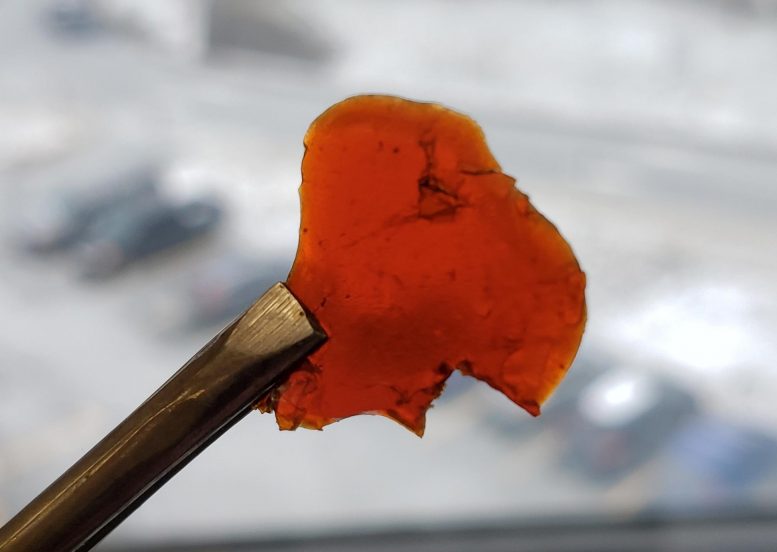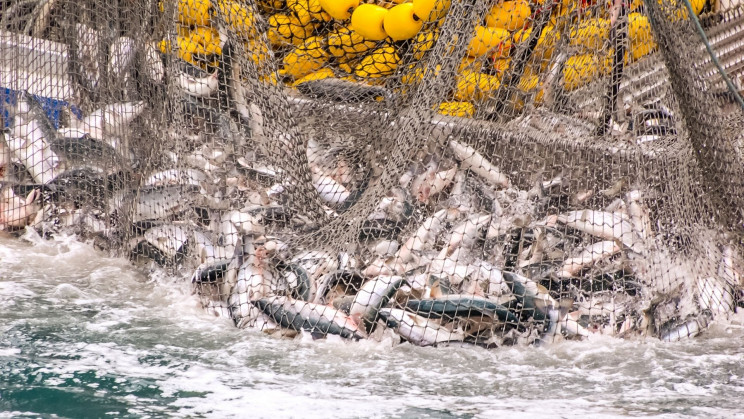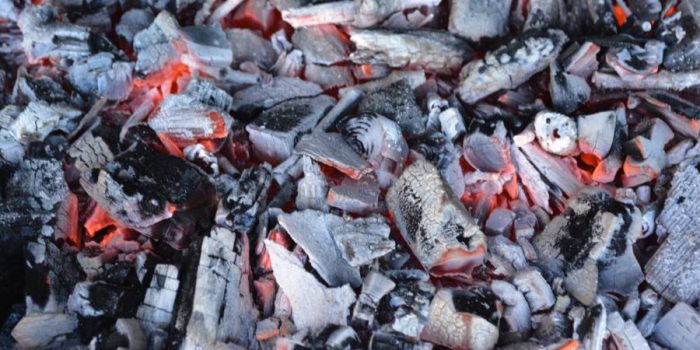We see plastic nearly everywhere — in shoes, clothes, household items etc. However, despite its various uses, plastic has a major downside. Slow to break down and toxic to produce, it is not considered an eco-friendly choice.
The Great Pacific garbage patch, a large oceanic area filled with trash, mostly plastic waste. It is double the size of Texas, with the world’s biggest region of plastic waste. It is calculated to contain a whopping 1.8 trillion unbiodegradable waste.

As mentioned above, plastic is not easily biodegradable, and its sources are quite a hazard as well. For instance, the traditional method for producing polyurethanes (a plastic source) presents several environmental and safety problems. It requires crude oil, a non-renewable resource, and highly toxic gases.
However, demand for greener alternatives is growing; what if we could produce green plastic from unwanted fish parts?
Researchers from Memorial University of Newfoundland (Canada) have developed an alternative to make plastics from fish waste such as heads, bones, skin, and guts, all parts not productively held otherwise. According to the researchers, this is a comparatively safer, biodegradable alternative for plastic production. All fish-oil based plastic produced would be biodegradable.

If developed successfully, a fish-oil based polyurethane could help meet the immense need for more sustainable plastics.
“It is important that we start designing plastics with an end-of-life plan, whether it’s chemical degradation that turns the material into carbon dioxide and water or recycling and repurposing,” said Francesca Kerton, the project’s principal investigator.
Initially, the new material was developed with oil extracted from the waste of Atlantic salmon, mainly from parts that were casted off. Then, Kerton and her team developed this fish oil into a polyurethane-like polymer by adding oxygen to the unsaturated oil during the process.

But there’s a small hitch: what if the final product smells fishy? Kerton said that as the oil went through several phases to become plastic, the fish scent eventually subsided.
“I find it interesting how we can make something useful, something that could even change the way plastics are made, from the garbage that people just throw out,” said Mikhailey Wheeler, a graduate student involved in the work.
In addition, Wheeler has also been tuning the method of developing the fish-oil-based plastic to be much reliable and biodegradable.


